
Automation is something that developers need and it helps them develop web applications easier and quicker. Tools help us in automating some operations which reduces manual efforts. DevOps Tools help us have a smooth and bug-free experience. According to research, the DevOps market is expected to generate more than $9.6 billion by 2025. The improvement in software quality after implementing DevOps practices is expected to increase by 68%.
Do you want to know what DevOps tools are? In this blog, let’s talk about some of the top DevOps tools you should know in 2025. DevOps tools help in easing the software development process. We’ll read about what DevOps Tools are later in this article.
Table of contents
- What are DevOps Tools?
- Top DevOps Tools to Look for in 2025
- Jenkins
- Ansible
- Docker
- Puppet
- Chef
- Kubernetes
- Git
- Selenium
- Nagios
- Splunk
- Conclusion
- FAQs
What are DevOps Tools?
DevOps (Development + Operations) is a practice that increases the ability of an organization to deliver services at high velocity, resulting in the evolvement and improvement of products at a faster pace. It uses tools that ease the software development process.
DevOps tools enable us to automate the process of software development like code reviews, version control, deployment, and monitoring. It helps the team to improve collaboration, reduce context-switching, introduce automation, and leverage observability.
Before we move to the next part, you should have a deeper knowledge of DevOps concepts. You can consider enrolling yourself in GUVI’s DevOps Course, which lets you gain practical experience by developing real-world projects and covers technologies including Agile, Scrum, Linux, Git, Bash Scripting, Dockers, Containers, AWS infrastructure, etc.
Additionally, if you would like to explore AWS Infrastructure through a Self-paced course, try GUVI’s AWS Infrastructure certification course.
Do read some of the Key Skills to Become a Best DevOps Engineer in 2025
Top DevOps Tools to Look for in 2025
1. Jenkins

Jenkins is a popular open-source automation server used for CI/CD pipelines, which stand for continuous integration and delivery. It aids in automating the development, testing, and deployment of software projects, helping developers deliver their products with speed and dependability. You can build pipelines using Jenkins that specify the procedures to be followed for developing, testing, and deploying software. Typically, these pipelines are created as code using the Jenkinsfile, which enables version control and simple team collaboration.
Jenkins is supported by a huge selection of plugins that enhance its features and allow it to work with other tools and technologies. You can modify your CI/CD pipelines using these plugins to meet your unique requirements. Jenkins, for instance, can be integrated with systems for version control like GitHub.
2. Ansible

Ansible is an open-source automation tool that makes it easier to install, manage configurations, and orchestrate infrastructure and software. It enables you to quickly and effectively automate a range of processes, including establishing servers, configuring network devices, managing cloud resources, and installing applications.
The declarative language YAML (Yet Another Markup Language) is used by Ansible to create tasks and playbooks. Playbooks are collections of guidelines that outline the ideal condition for your apps or infrastructure. Ansible communicates with the target systems via SSH or other remote management protocols to carry out these commands.
3. Docker
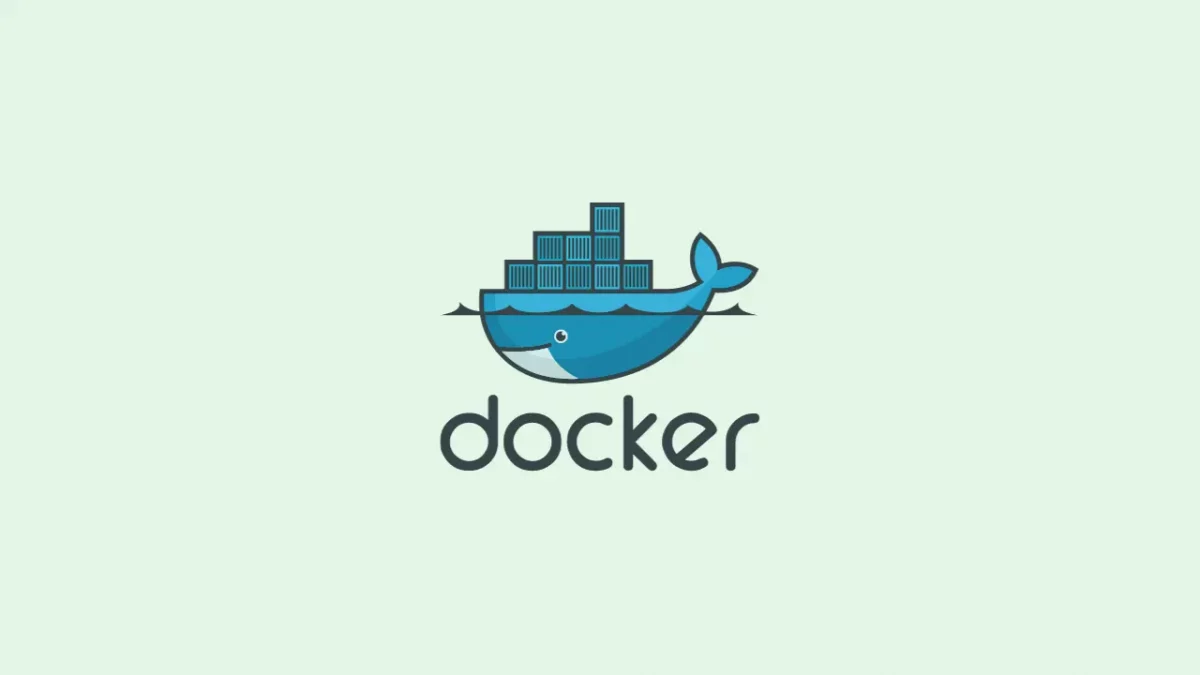
Using the open-source platform Docker, you can manage and deploy programs inside of software containers automatically. The execution of a program can be consistent and reliable across many computer environments thanks to containers, which are small, isolated environments that encapsulate an application and its dependencies.
Docker makes application deployment easier by offering a consistent environment and removing the “it works on my machine” issue. It encourages the use of a microservices architecture, in which applications are made up of smaller, independent services that operate in different containers for improved resource utilization, scalability, and modularity.
4. Puppet
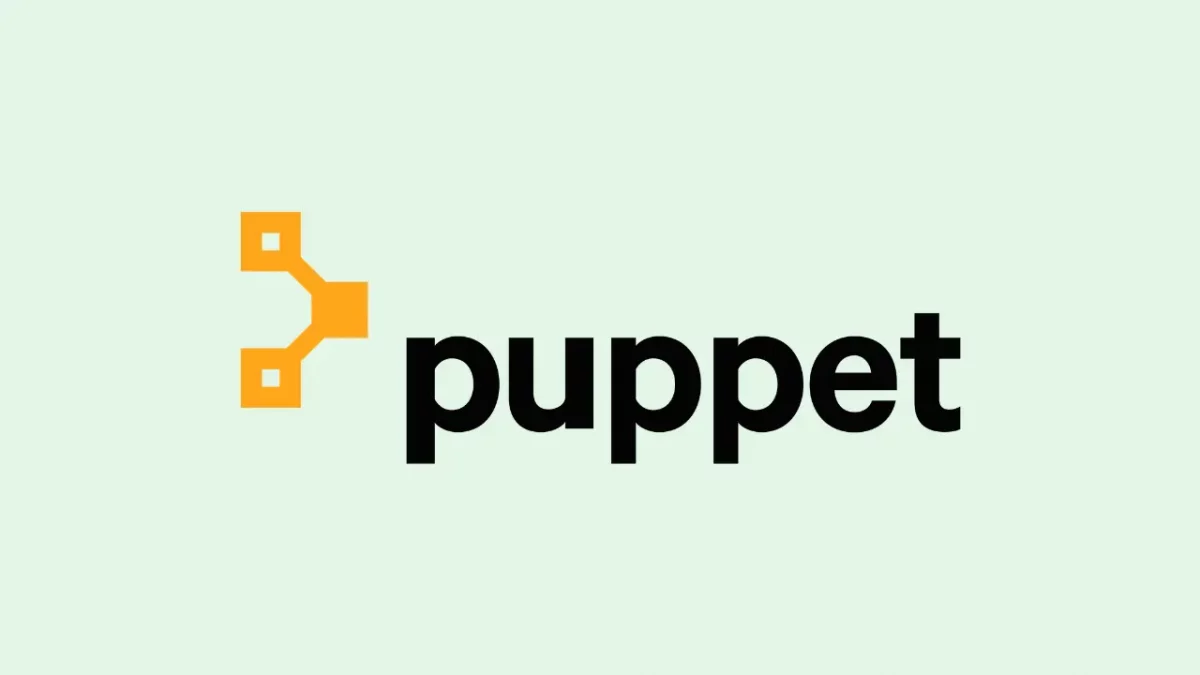
An open-source configuration management program called Puppet is used to automatically deploy, configure, and manage infrastructure and software. By identifying the ideal state for systems and ensuring that it persists across time, it aids enterprises in streamlining their IT processes.
By defining and enforcing the desired state of your infrastructure with Puppet, you can guarantee its consistency, scalability, and repeatability. It integrates with other tools and procedures in your IT ecosystem and automates the management of systems across many platforms. Additionally, Puppet has reporting and auditing features that let you keep track of changes and check on your infrastructure’s compliance.
5. Chef

Infrastructure provisioning, setup, and deployment may all be automated using Chef, an open-source configuration management platform. In order to maintain consistency and repeatability across various contexts, it enables businesses to define and manage the desired state of their systems and applications.
Chef provides a scalable and reliable method for configuring and maintaining systems, which streamlines the infrastructure management process. It works nicely with various tools and cloud platforms and supports a variety of platforms. Versioning, testing, and reporting capabilities offered by Chef also facilitate improved collaboration, auditing, and monitoring of infrastructure modifications.
6. Kubernetes
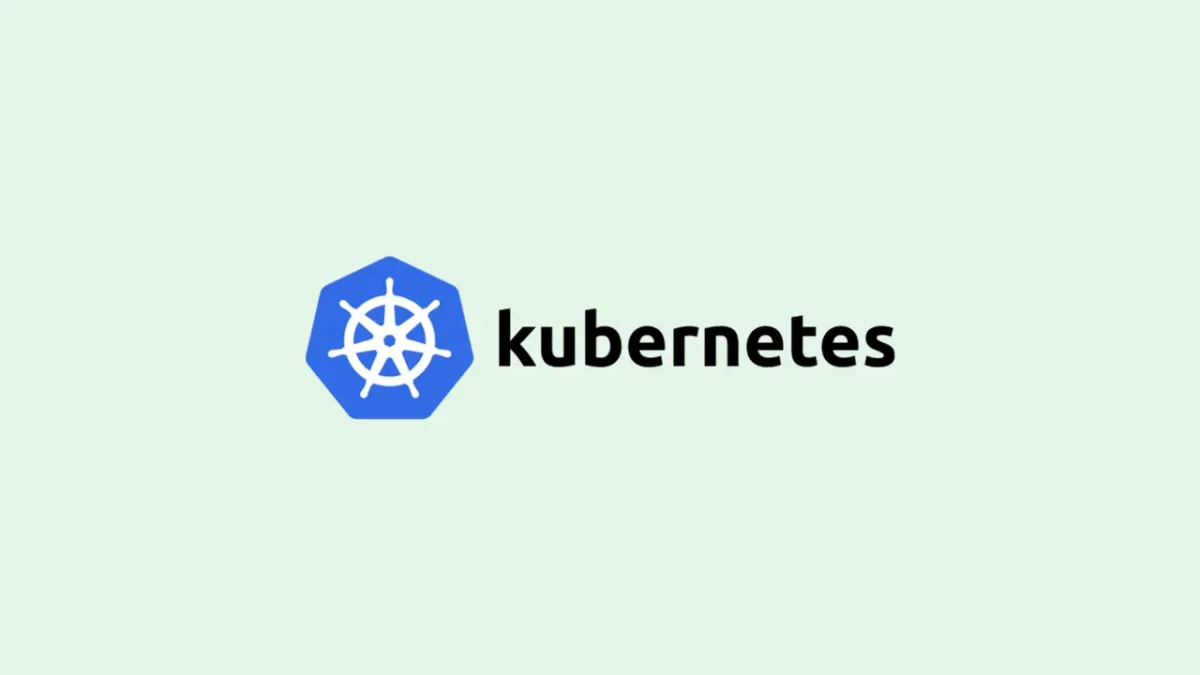
The deployment, scaling, and maintenance of containerized applications are all automated via the open-source container orchestration technology known as Kubernetes. Organizations can effectively execute and grow applications in a distributed environment because to the infrastructure it provides for managing containerized workloads across a cluster of servers.
Horizontal scalability, rolling updates, service discovery, load balancing, self-healing, and automatic rollbacks are just a few of the extra capabilities and functionalities that Kubernetes offers. It features a sizable ecosystem of add-ons and plugins that increase its logging, monitoring, security, and other functionalities.
7. Git

A distributed version control system (VCS) called Git was created to effectively manage and track changes to source code and other files. It makes it possible for numerous developers to work together on a project, track changes, and seamlessly merge their work.
There are various graphical user interfaces (GUIs) and integrations available for working with Git repositories in addition to the command-line interface (CLI) that Git provides. It is widely used in the software development industry and is incredibly adaptable and scalable.
8. Selenium

An open-source framework for automating web browsers is called Selenium. It offers a collection of tools and modules that enable programmatic interaction between web browsers and developers, automating the testing of web applications and emulating user activities.
Selenium is frequently used for testing web applications, including functional, cross-browser, and regression testing. It enables web application developers and QA engineers to automate tedious activities, accelerate testing, increase test coverage, and guarantee web application quality across many browsers and platforms.
9. Nagios
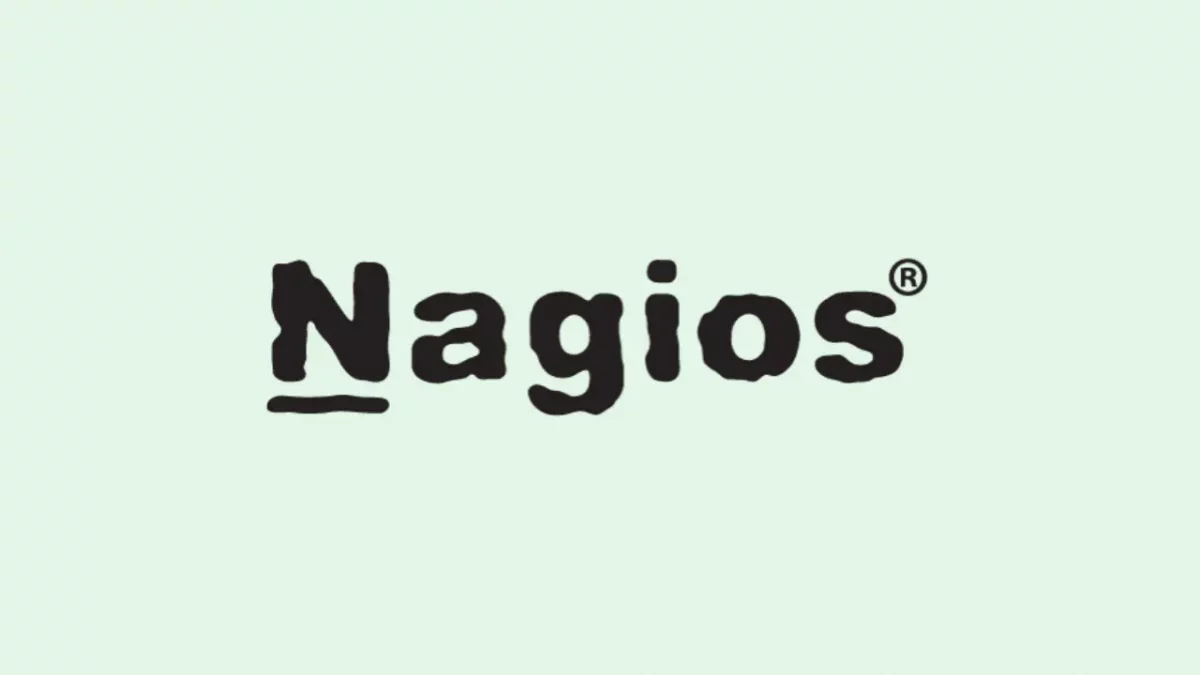
Nagios is an open-source monitoring tool used to keep an eye on the performance and availability of servers, network devices, applications, and other elements of the IT infrastructure. System administrators can use the full monitoring solution it offers to proactively discover and fix problems before they have an adverse effect on the company.
Nagios has a huge and active community that produces new plugins, extensions, and integrations because to its high degree of extensibility. Nagios may now interface with other IT management systems, ticketing systems, log analyzers, and more thanks to this feature.
Nagios is a well-liked option for monitoring small to enterprise-level IT infrastructures due to its flexibility, scalability, and abundance of capabilities. As a result, downtime is decreased and overall system health is improved. Its proactive monitoring capabilities assist in assuring the dependability, performance, and availability of important systems.
10. Splunk
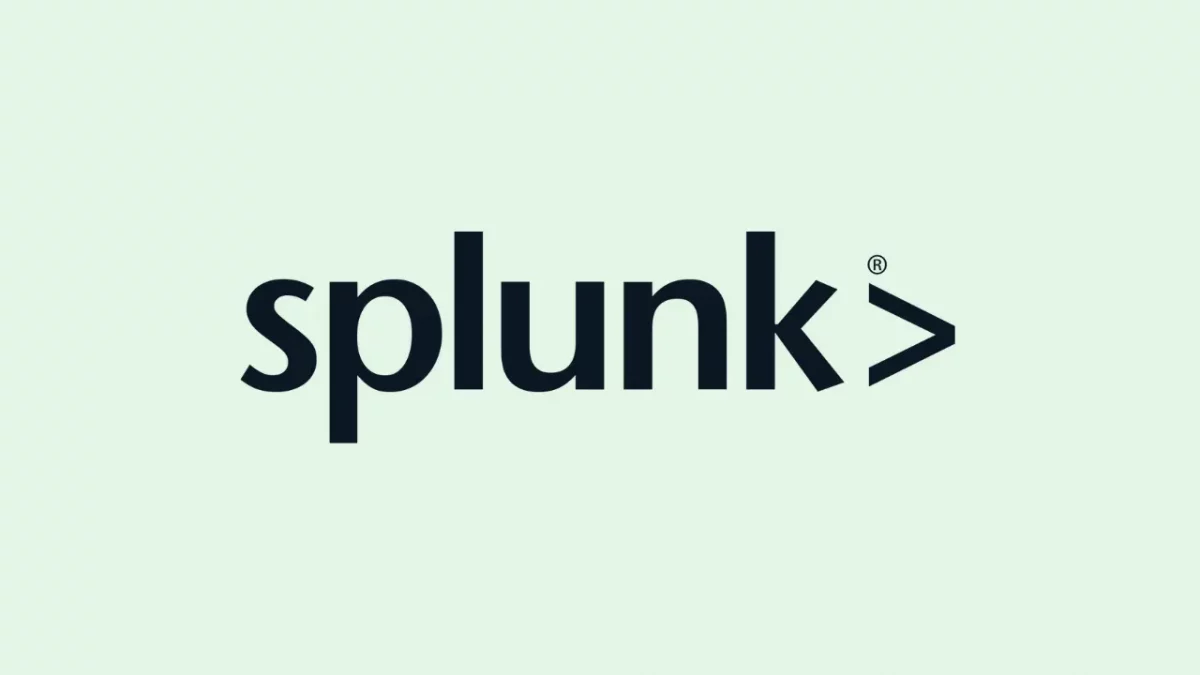
Splunk is a potent software platform used for real-time machine-generated data collection, indexing, analysis, and visualization. It gives businesses the chance to analyze the massive amounts of data produced by numerous systems, programs, and gadgets in order to gather insightful knowledge and make wise judgments.
Splunk is widely utilized across industries for a variety of use cases, including business analytics, log analysis, application performance monitoring (APM), security information and event management (SIEM), and more. Organizations can use it to increase operational intelligence, troubleshoot more effectively, strengthen security posture, and make data-driven decisions.
Overall, Splunk gives businesses a unified view of their systems, applications, and operational performance while assisting them in transforming unstructured machine-generated data into insights that can be put to use.
If you’re a software engineer, looking to get into, read about As a Software Engineer, How Do I Shift My Career to DevOps?
Kickstart your career by enrolling in GUVI’s DevOps Course where you will master technologies including Linux, Git, AWS, etc, and build interesting real-life DevOps projects.
Alternatively, if you want to explore AWS infrastructure through a Self-paced course, try GUVI’s AWS Infrastructure certification course.
Conclusion
These are some of the top DevOps tools which engineers can use in 2025 which could help you in every phase of software development. You can perform various tasks using these best tools on DevOps depending in the business goals and requirements. Read about these tools and you are all set to work in DevOps engineering.
FAQs
There are some new tools in DevOps that focus on features like enhancing collaboration, integration, and automation. Tools like Spinnaker, Databricks, ArgoCD, and Grafana make a huge impact on DevOps.
DevOps engineering is still in demand and will continue in the coming years. As per Grand View Research, the size of the worldwide DevOps market is predicted to reach $12.85 billion by 2025.
The jobs for DevOps are going to grow by about 15 percent in the coming years. The average growth rate for all occupations is 8 percent, placing computer and information technology careers in the above-average range. As per a survey by Statista, a whopping 28% of recruiters face challenges when hiring DevOps experts in the work field.
The next big thing in DevOps is a microservices architecture. It helps you to deploy minor features and functionalities without any interference in the whole code base.



















![Top High-Paying Non-Coding Jobs in DevOps [2025] 12 Non-Coding Jobs in DevOps](https://www.guvi.in/blog/wp-content/uploads/2023/11/Top-10-Non-Coding-Jobs-in-DevOps.png)
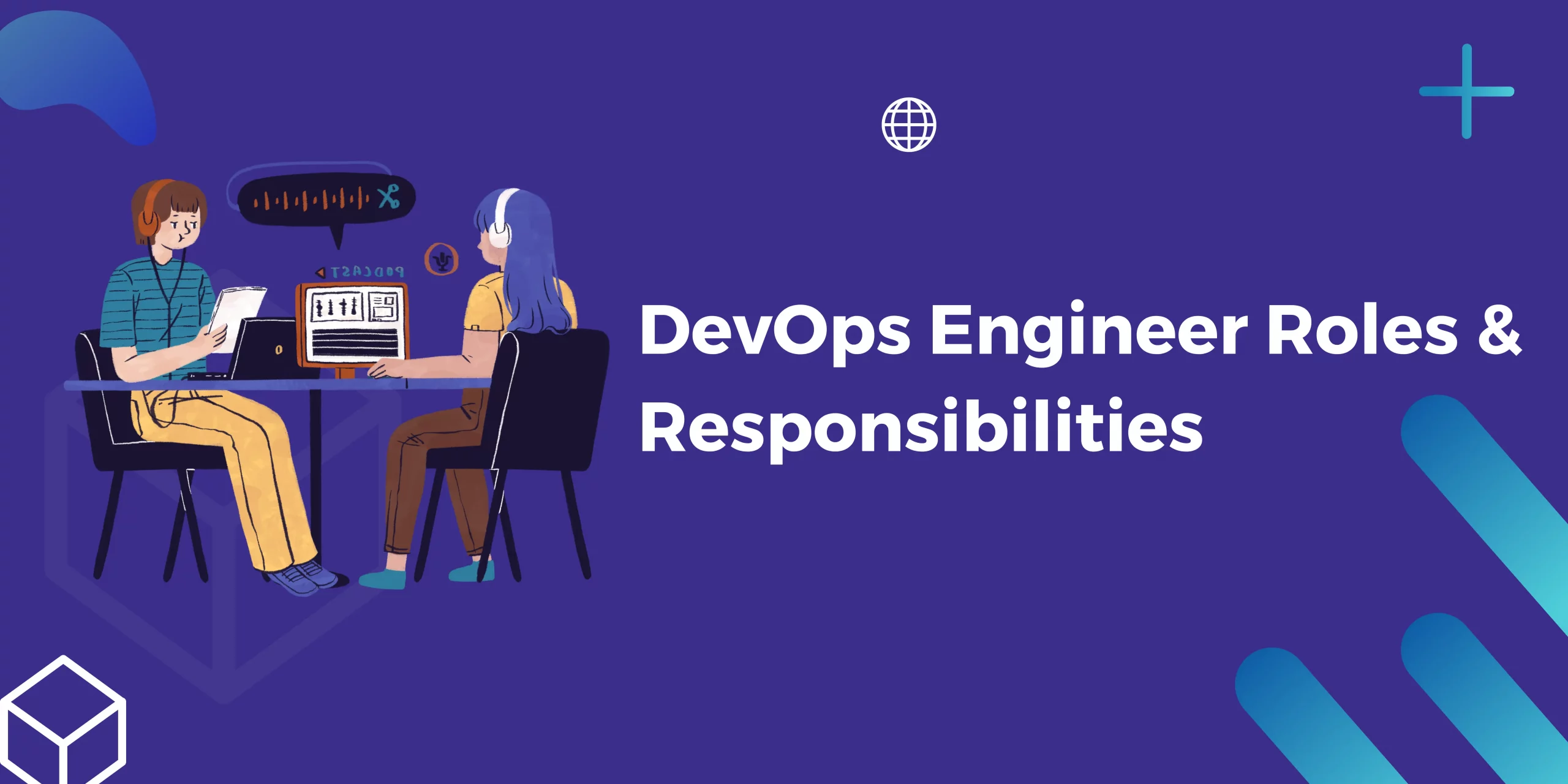
![Top 15+ Jenkins Interview Questions and Answers [2025] 14 jenkins interview questions](https://www.guvi.in/blog/wp-content/uploads/2022/06/wallpapertip_open-source-wallpaper_1780230.jpg)



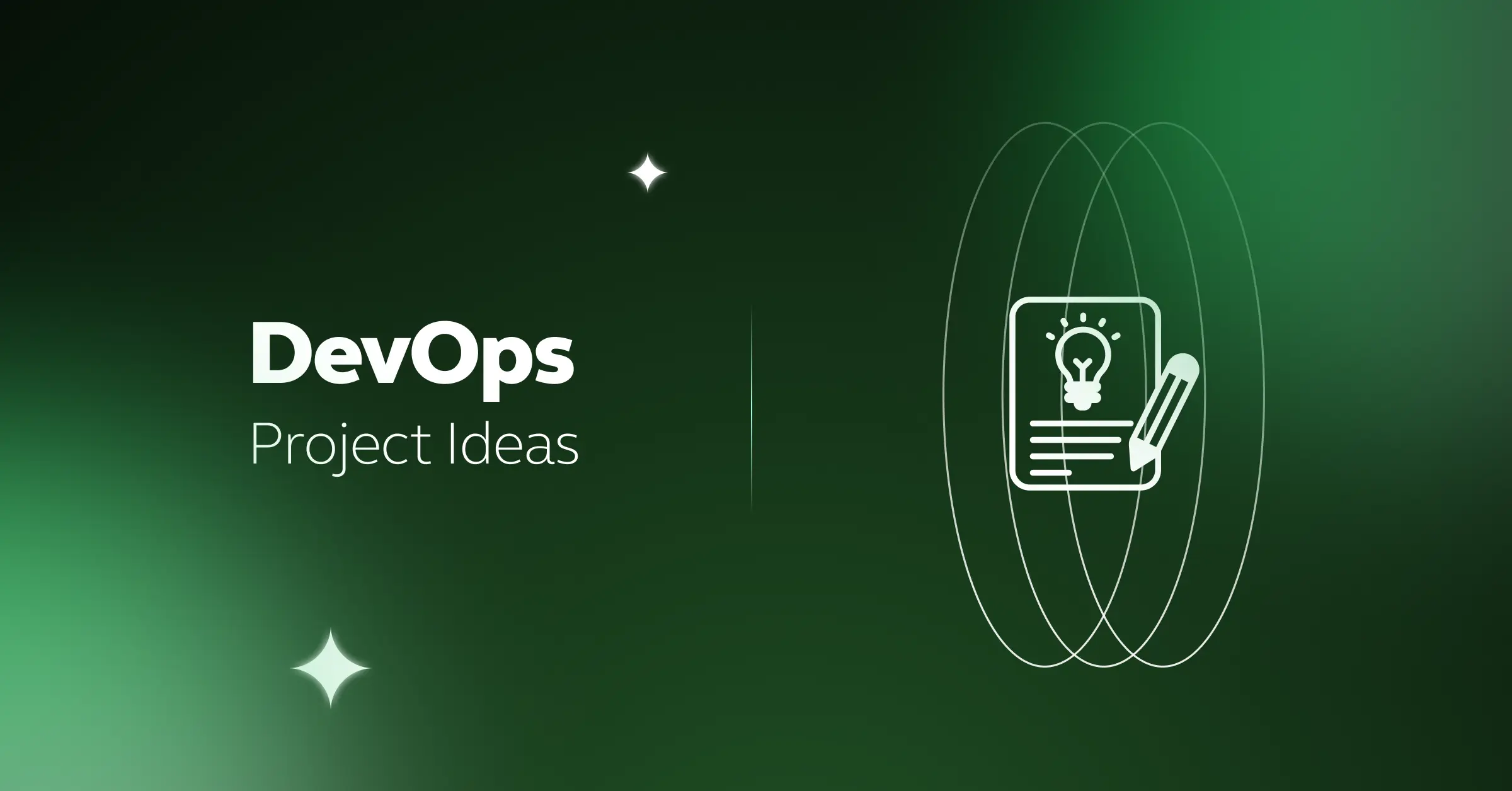

![30 Important DevOps Interview Questions and Answers [Includes All 3 Levels] 19 DevOps Interview Questions and Answers](https://www.guvi.in/blog/wp-content/uploads/2025/05/30-Important-DevOps-Interview-Questions-and-Answers.png)

Did you enjoy this article?